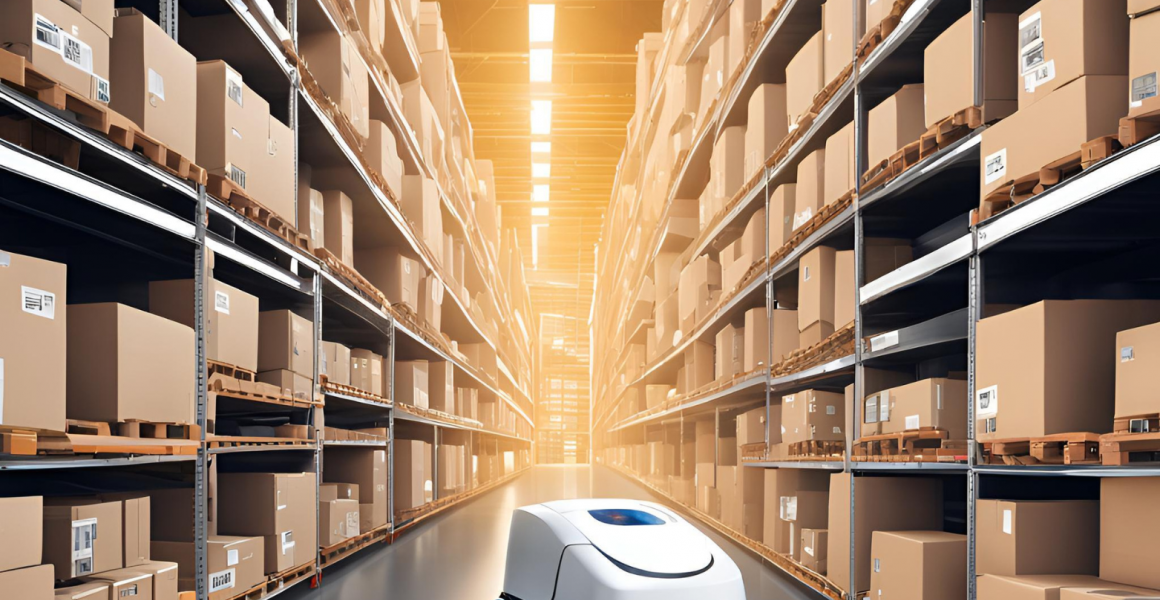Automation in SMEs: A Strategic Step for Intralogistics

SMEs face several barriers to implementing automation solutions. Among the main ones are high initial costs, integration with legacy systems and resistance from internal teams. Cost is often the biggest obstacle, especially when managers don't see an immediate return on investment. However, there are affordable alternatives, such as modular automation systems, which allow companies to start in a controlled way and expand as they grow. An example of this is the adoption of AMRs (Autonomous Mobile Robots), which can be gradually integrated into operations, improving efficiency without the need for a significant initial investment.
Integration with existing systems can also be made easier with the adoption of cloud-based WMS (Warehouse Management Systems), which offer flexibility, are more affordable and allow for gradual integration of other automation solutions. In addition, to overcome resistance from teams, it is crucial to involve employees from the outset and invest in ongoing training. People are a company's main asset, and a well-trained and motivated team can be the key to successful automation.
By overcoming the initial barriers, SMEs can reap the rewards of automation in several ways. Firstly, operational efficiency increases significantly. Processes such as assisted picking or automated transport reduce cycle times, improving the speed and accuracy of operations. In addition, automation reduces dependence on manual labour, allowing for better management of resources and a reduction in operating costs.
Another important gain is competitiveness. Companies that implement automation are able to respond more quickly and flexibly to market fluctuations, which is crucial in an increasingly dynamic business environment. Automation not only improves efficiency, but also positions SMEs as stronger players in the market, enabling them to compete on an equal footing with larger, more established companies.
When it comes to sustainability in SMEs, automation can be a great ally. For example, automated energy management systems can intelligently adjust electricity consumption in the warehouse, ensuring that machines and lighting only work when necessary. By combining this with low-consumption equipment, such as LED lighting, companies are able to reduce not only operating costs, but also environmental impact, without too much hassle.
In addition, automation helps to implement circular economy practices. Automated equipment can facilitate the separation and recycling of materials, making the waste management process more efficient and less prone to human error. This transforms what was once a time-consuming job into a simple operation that is integrated into everyday life.
In internal transport, automated electric vehicles are an increasingly accessible solution. These vehicles not only reduce emissions, but also enable faster and more optimised movement of goods within the warehouse. Small steps like these can bring big results, both in terms of efficiency and commitment to sustainability.
Automation is a powerful tool for SMEs looking to optimise their operations and improve competitiveness. Although the challenges are real, the adoption of modular and affordable solutions, together with the training and involvement of teams, can make automation an achievable reality. What's more, integrating sustainable practices into intralogistics operations reinforces companies' commitment to the future, both in terms of operational efficiency and environmental responsibility.
Pedro Ferreira Queimado, founder of KronoLog Solutions
